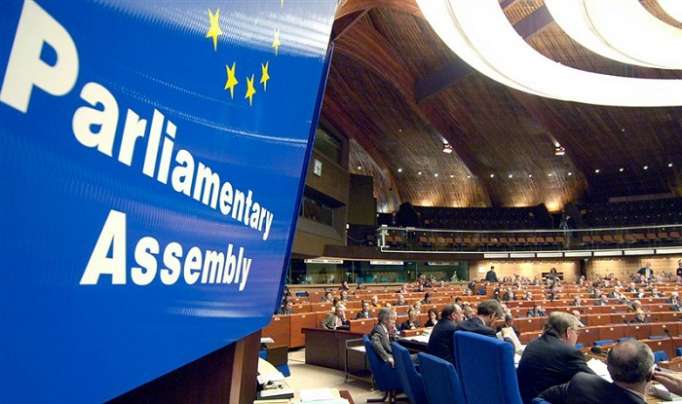“We deeply regret the losses of civilian and military lives reported by both parties,” said the PACE monitoring co-rapporteurs for Armenia, Boriana Åberg (Sweden, EPP/CD) and Kimmo Kiljunen (Finland, SOC), and those for Azerbaijan, Stefan Schennach (Austria, SOC) and Sir Roger Gale (United Kingdom, EC/DA), in a joint statement.
“We urge both parties to immediately cease armed hostilities, to de-escalate the situation and to return to the negotiating table in the Minsk Group format. In addition, we urge all other Council of Europe member States to refrain from any actions or discourse that could contribute to the tension and instability in this volatile region. We reiterate that there is no alternative to a peaceful solution to the Nagorno-Karabakh conflict,” the statement said added.
“As we did in our joint statement in July 2020, when clashes took place along the Armenian-Azerbaijani border, we underscore the explicit obligation incumbent on member States of the Council of Europe that they should resolve the conflicts between them by peaceful means only,” they said.
“The Assembly stands ready to contribute, at the parliamentary level, to creating an environment conducive to peaceful negotiations within the Minsk Group format,” they concluded.
Armenian armed forces launched a large-scale military attack on positions of Azerbaijani army on the front line, using large-caliber weapons, mortars and artillery on Sept. 27.
Azerbaijan responded with a counter-offensive along the entire front. As a result of retaliation, Azerbajiani troops managed to liberate the territories previously occupied by Armenia: Garakhanbeyli, Garvend, Kend Horadiz, Yukhari, Ashagi Abdulrahmanli villages (Fuzuli district), Boyuk Marjanli, and Nuzgar villages (Jabrayil district).
Moreover, the positions of the Armenian armed forces were destroyed in the direction of Azerbaijan's Agdere district and Murovdag, important heights were taken under control.
Back in July 2020, Armenian Armed Forces violated the ceasefire in the direction of Azerbaijan's Tovuz district. As a result of Azerbaijan's retaliation, the opposing forces were silenced. The fighting continued the following days as well. Azerbaijan lost a number of military personnel members, who died fighting off the attacks of the Armenian armed forces.
The conflict between the two South Caucasus countries began in 1988 when Armenia made territorial claims against Azerbaijan. As a result of the ensuing war, Armenian armed forces occupied 20 percent of Azerbaijan, including the Nagorno-Karabakh region and seven surrounding districts.
The 1994 ceasefire agreement was followed by peace negotiations. Armenia has not yet implemented four UN Security Council resolutions on the withdrawal of its armed forces from Nagorno Karabakh and the surrounding districts.
More about: #PACE
















































